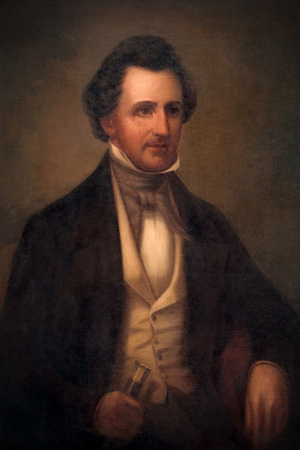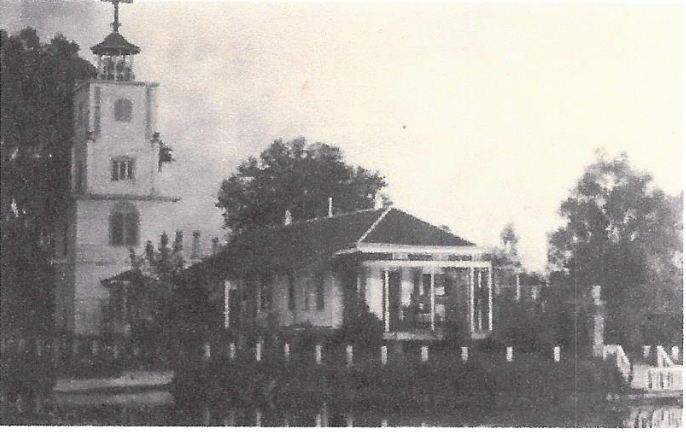We thank Dr. Chris Cenac for pointing out some content of his book Hard Scrabble to Hallelujah: Bayou Terrebonne: Legacies of Terrebonne Parish, Louisiana and for his kind permission to use it for this section.
The Philanthropist
Robert Ruffin Barrow was one of the largest landowners in the south before the Civil War. He owned sixteen plantations and had large landholdings in Texas.
He purchased land in Terrebonne Parish Louisiana (which would become Residence Plantation) from James “Jim” Bowie during his land speculating days. He bought 50 arpens (42.24 acres) along the west side of Bayou Grand Caillou and twenty-five arpens (21.12 acres) along the east with a depth of 1,700 arpens (1436.20 acres) on November 25, 1828 for the price of $8,500. One arpen was approximately 0.85 acres.
The land across the bayou Residence Plantation was where the workers lived in their community and traveled to the farm for work. He also invested money in projects in which he saw potential and gave to people out of generosity. The most well known investment he made was in the early submarine projects of his brother-in-law, Horace Hunley. However, lesser known are the charitable, educational and religious contributions
He did this in order to give back to the community of Houma and his workers for helping him achieve his success.
On June 14, 1847 Robert Ruffin Barrow gave a tract of land at the end of Church Street to Bishop Antoine Blanc of New Orleans for the specific purpose of building a Catholic Church in Houma. At the time, St. Francis de Sales Parish covered the whole civil parish of Terrebonne and a part of St. Mary Parish east of the Atchafalaya.Rev. Z. Leveque was appointed the first pastor. He found about 200 Catholic families scattered throughout the parish, living mainly along the four principal bayous (Terrebonne, Petite Caillou, Grand Caillou and Black). He faced two major challenges: teaching the families the elementary doctrines of the Catholic Faith and the building of a church structure. He left the following year, before the church structure was complete; it was not complete until 1854. He did, however, leave a written report for his successor.
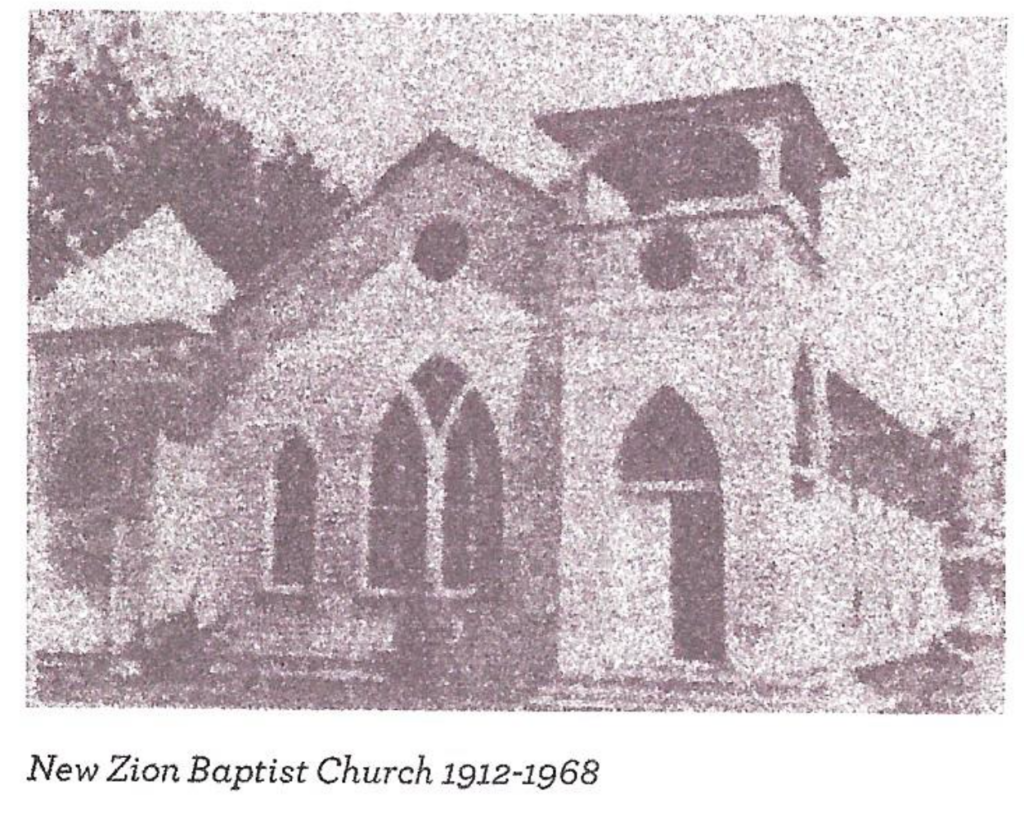
On April 1, 1873 R.R. Barrow officially donated one arpen to the church. The church has been remodeled several times and after remodeling the name was changed to New Zion Baptist Church. The church and graveyard can be visited today at 263 Grand Caillou Rd. in Houma. Across Grand Caillou Road from New Zion Baptist Church is the church cemetery, which has over 700 tombs. Some graves date all the way back to the early 1800s.
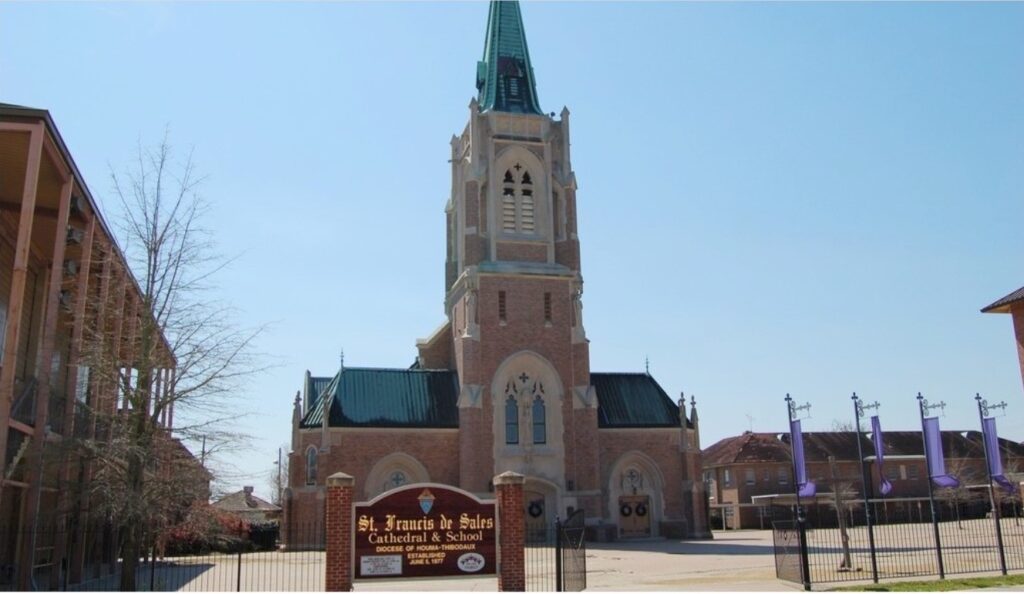
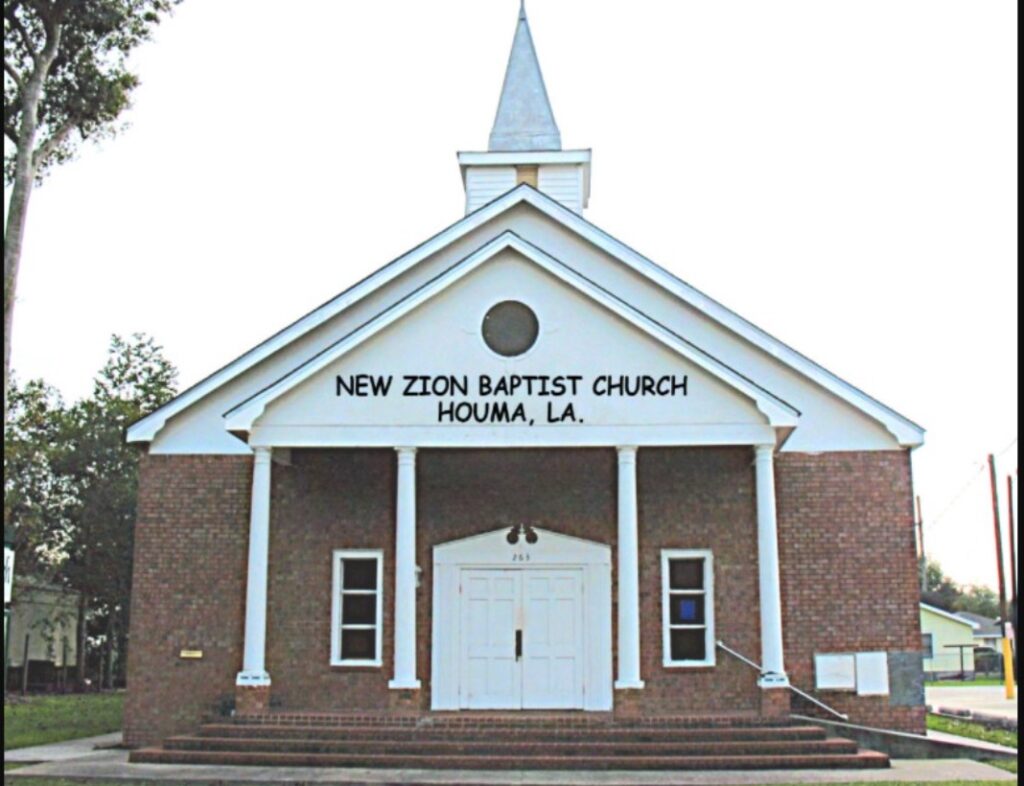
In 1857, R. R. Barrow, one of the first vestrymen, donated five lots of ground on Barrow Street, the site of the present St. Matthew Episcopal Church building and first rectory. Before the end of the nineteenth century, Mr. Henry C. Minor donated two lots behind those facing Barrow Street. Through the years additional property was acquired within the first block facing Main Street, much of which is now occupied by St. Matthew’s Episcopal School. The first St. Matthew’s Church was constructed in 1858 at a cost of $7,050 and about one year later the first rectory was built
St. Matthew Episcopal Church
On May 6th, 1873 he donated land 530ft by 548 ft for a church and burial ground in Houma to the African Methodist Church that was valued at $5000.
After the abolishment of slavery Robert Ruffin Barrow gave to his workers the land and houses that the workers had lived on his plantations.. He also donated three arpens on August 3rd, 1858 to the Houma Academy.
Records show that he donated parcels of land ~60 feet x ~117 feet that were valued at $300 each to widows of friends and workers both white and black. The donations took place in the years 1854-1873. His largest donation to a private individual named John B. Pittman was half of the property of Oak Grove Plantation in Lafourche Parish.
In the 1860’s Barrow donated property for St. Patrick Catholic Church and its cemetery in Gibson.
St. Patrick Catholic Church
The Barrows donated property as a site of the
Residence Baptist Church on Isaac Street in Mechanicsville on the right descending bank of Bayou Terrebonne, as well as the bell for the church. In the 1940’s Miss Laura Gaidry, niece of W.J. Gaidry, Sr., of Residence sold property for the location of Our Lady of the Most Holy Rosary Catholic Church on East Main Street near Daigleville, according to a history of the church.
 |  |  |
Even after his death Robert Ruffin Barrow’s philanthropic legacy still lives on, as evidenced by Barrow St. in Houma named in honor of him, the letters thanking him for his kindness, the history books describing him as a generous man, and the family members that carry on his legacy.
